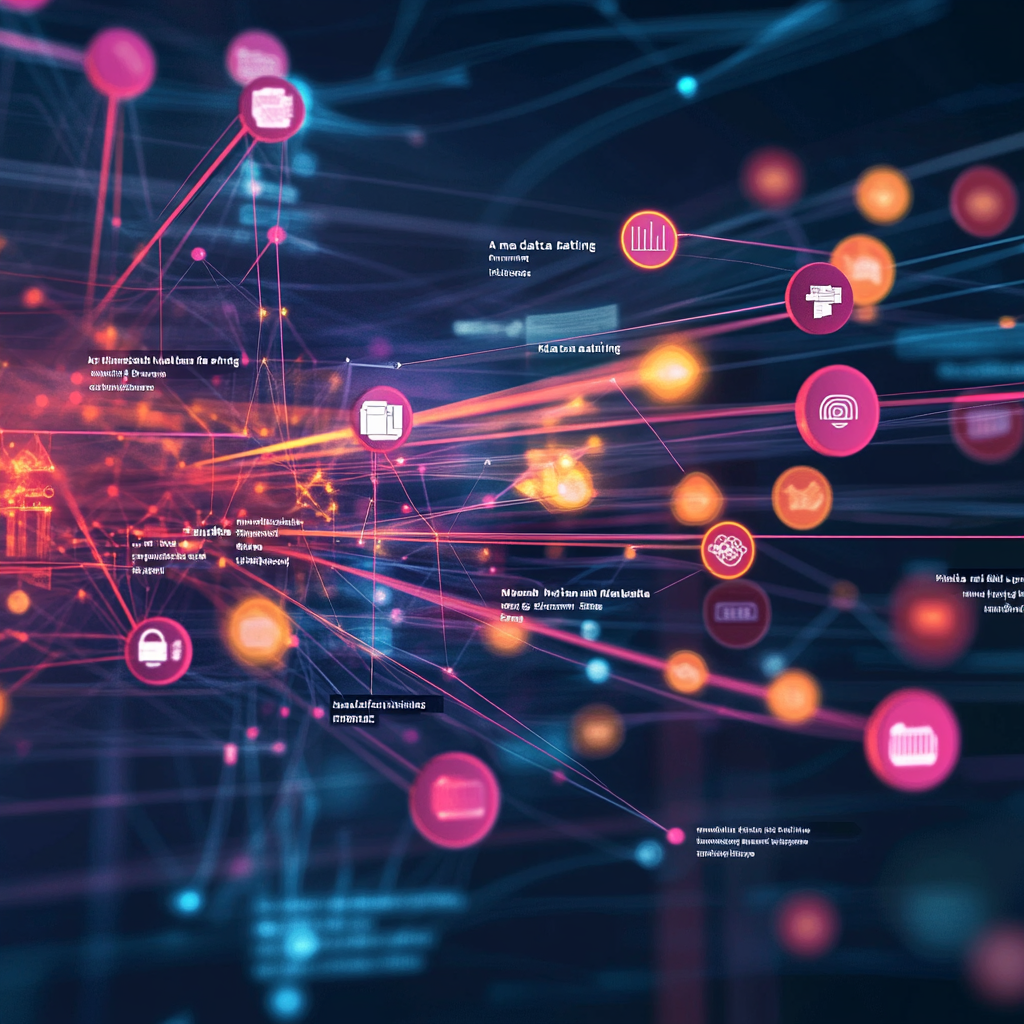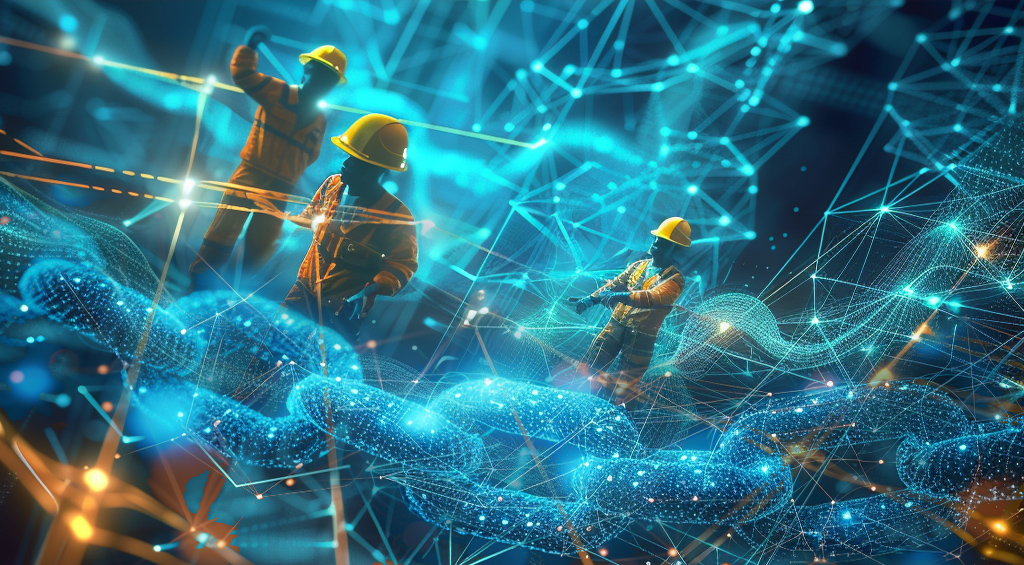What is the Senzing AI?
How Senzing Artificial Intelligence Works
While artificial intelligence (AI) has been around for decades, public attention today is largely focused on Generative AI made possible by large language models (LLMs). These Gen AI systems can write code, draft emails, produce content and more based on patterns found in massive datasets.
Generative AI systems are impressive, but they are inconsistent and prone to hallucinations. They also inherently can’t deliver source attribution or explainability. For high-stakes use cases such as fraud detection, national security, or regulatory compliance, these traits of Gen AI are dealbreakers.
High-stakes use cases also require making decisions with up-to-the-second knowledge, not stale snapshots. This is yet another challenge for Gen AI systems, which are not natively real-time.
Gen AI relies on pre-training from static data sets. The inclusion of more recent information in query results is handled behind the scenes, just-in-time, with additional compute and increased latency.
Senzing AI Pre-Dates and is
Entirely Different Than Generative AI.
A Different Kind of AI
Senzing® AI cannot hallucinate. It is not generative and doesn’t rely on large language models. Instead, Senzing AI delivers consistent, explainable, real-time entity resolution with unprecedented accuracy and scale.
Unlike Generative AI, Senzing AI:
- Provides the same answer on the same data every time
- Self-corrects and learns in real time on your own data sets as new data arrives in your own environment (no data flows to Senzing)
- Can fully explain its decisions about matching or not matching
Senzing AI doesn’t need to be trained or tuned before delivering high accuracy because it arrives with built-in intelligence, including culturally aware, cross-script name matching and international address comparison.
Senzing AI is the world’s most trusted entity resolution technology, already deployed across many leading private sector organizations and governments. The versatility of Senzing AI is also unmatched, as – right out of the box – it solves the challenge of entity resolution across missions ranging from fraud, AML, and KYC to supply chain and master data management (MDM).
Use of Terms AI & ML
ARTIFICIAL INTELLIGENCE( AI)
“Systems That Act
Human Smart”
Senzing is…
- consistent in its results
- able to explain its insights to humans
- routinely delivering accuracy that outperforms humans
Senzing is not…
- using LLMs or GenAIs
MACHINE LEARNING (ML)
“Systems That Learn
Through Experience”
Senzing is…
- learning on your data (locally)
- able to re-evaluate previous insights with new datA
- following prescribed logic that delivers the same answer on the same data
Senzing is not…
- training models with your data
- sharing anything about your data
Why Senzing Entity Resolution AI Excels and is Trustworthy
Senzing AI is purpose-built for entity resolution and arrives with built-in intelligence, pre-existing knowledge, and the ability to learn and adapt in real time. It delivers immediate value out of the box with no configuration, ramp-up period, or entity resolution experts required. While experts may still catch an occasional edge case that Senzing misses, from day one, Senzing consistently outperforms human analysts, finding matches and connections they routinely miss.
What makes Senzing AI unique is its principle-based methodology, which leverages built-in intelligence on the expected behaviors of entity data. Senzing comes pre-trained on decades of real-world data, including a library of 850 million global names and culturally aware name-matching logic, advanced comparators for global addresses, phone numbers, dates, Social Security numbers, and more.
Senzing goes beyond determining who is who in your data. It uncovers relationships between entities and, under the hood, builds a continuously evolving entity resolved graph. This relationship awareness enhances accuracy and delivers richer, more contextual insights to downstream AI workflows, analytics systems, and decision-making processes.
Real-Time Learning in the Senzing AI
As new records arrive, Senzing AI uses a technique we have been perfecting for decades, Entity Centric Learning™ technology. Unlike record-to-record matching systems, where each record must find a matching record, Entity Centric Learning algorithms connect new records to comprehensive entity profiles containing every name, address, date of birth, etc., seen across all records.
Over time, Senzing AI learns about common typographical errors, nicknames, alternate email addresses, and even intentionally falsified information. In this way, Senzing AI learns locally at the entity level (e.g., Joe’s nickname is “Flounder”). This local learning, combined with built-in knowledge and principles, is why Senzing uniquely does not require entity resolution experts, training, or tuning.
Senzing also tracks attribute statistics in real time. As it resolves and relates entities, the system builds a detailed internal view of your data – for example, noting that you have approximately 150 million males, 500 people with the same date of birth, or exactly seven people who have lived at 626 Elm Street. This allows it to detect unexpected patterns, such as widely reused Social Security numbers or garbage values (like “123123123”) that would otherwise go unnoticed.
And critically, Senzing corrects past decisions based on new data. Its sequence neutral processing means that it doesn’t matter whether it encounters Record A before Record B or vice versa. As new information arrives, the system re-evaluates earlier assertions and makes adjustments automatically. This prevents the accuracy drift that plagues systems requiring periodic batch reloads to catch up.
The result is a dynamic, continuously improving view of the entities and relationships in your data.
How Entity Resolution Makes Gen AI Better
Generative AI workflows are hampered when provided false information about who is who. Knowing whether a customer got one loan or three, or has purchased one product or three, is fundamental to downstream analytics of all sorts, especially Gen AI. When an AI doesn’t know who or what it’s dealing with – when customer records are fragmented, when data sources and systems aren’t connected, or when one fraud ring of five people appears as twenty separate individuals – AI outputs become unreliable.
Entity resolution solves this by linking and unifying records into clear, consistent entities and identifying connections. For downstream AI, machine learning, analytics, and decision-making systems, this clarity changes everything. Models become more accurate. Recommendations and predictions become more trustworthy.
Senzing entity resolution AI is foundational to improving Generative AI.
When used in conjunction with graph analytics or Gen AI, entity resolution becomes the backbone that brings context across both structured and unstructured data. Without it, even the most advanced AI runs the risk of “hallucinations.” With entity resolution, AI becomes more grounded, coherent, and ready for real-world decisions.
Proven at Scale, Trusted Across Sectors
Senzing supports over half of all U.S. voter registration systems and plays a critical role in some of the world’s most advanced bad guy hunting and fraud detection platforms. Senzing AI delivers fewer false positives, fewer missed matches, and faster time to insight. Whether you’re combating fraud, ensuring compliance, or improving operational intelligence, Senzing is the trusted entity resolution AI that arrives pre-trained, gives the same answer every time, and learns in real time, delivering consistent, explainable results with accuracy that never drifts.
If you’d like to know more about Senzing entity resolution:
Schedule a demo today to see what real-time, explainable AI for entity resolution can do for your data and downstream Gen AI.
Origins and History of the Senzing AI
The history of Senzing AI stretches back decades, long before the arrival of Generative AI. In the mid-1980s, Jeff Jonas founded Systems Research & Development (SRD), a custom software company whose early work for TransUnion included “debtor matching” – a precursor to modern entity resolution.
By the early 1990s, Jonas and SRD had relocated to Las Vegas, where they developed the technology famously used by casinos to bring an end to the infamous MIT blackjack team – later immortalized in the book Bringing Down the House and the film 21.
Quietly, at the same time, SRD developed Non-Obvious Relationship Awareness (NORA) technology. The groundbreaking NORA software received an investment from In-Q-Tel, the venture arm of the CIA, in 2001. In 2003, Reed Elsevier (parent of LexisNexis) led a Series A investment round. Just two years later, IBM acquired SRD’s technology and team.
In 2009, while at IBM, Jonas launched a 6th-generation entity resolution skunkworks project code-named G2. The “G” in “G2” is not for “Generation 2” but “Genus 2.” Compared to the five prior entity resolution engines developed by Jonas’ team, Gen 6 was truly a different species. The G2 engine became the first ground-up, purpose-built, real-time AI for entity resolution. Unlike rule-based systems, G2 was built with principle-based algorithms that eliminate the need for humans to set rules and weights.
IBM began deploying G2 commercially in 2012 under the name InfoSphere Sensemaking, using it in critical projects such as U.S. voter registration modernization and maritime surveillance in Southeast Asia.
In 2016, G2 technology and its core team were spun out of IBM as an independent company, Senzing. In early 2018, Senzing emerged from stealth mode. Later that year – five years before Gen AI would take the spotlight – The New York Times highlighted how Senzing AI identified over 26 million unregistered but eligible voters and helped cleanse voter rolls across more than two dozen states.
Today, Senzing is the only company delivering entity resolution AI delivered as a Software Developer Kit (SDK), making the complex task of entity resolution easy for software developers.




